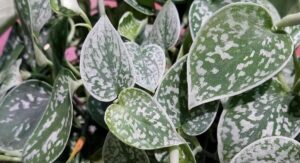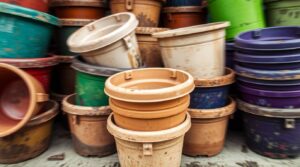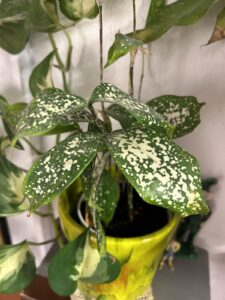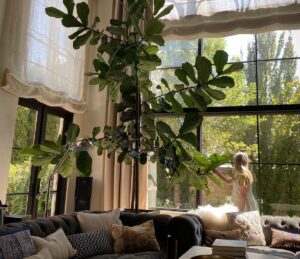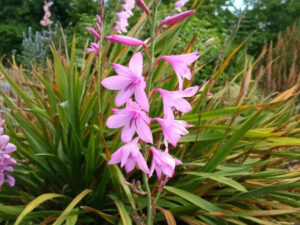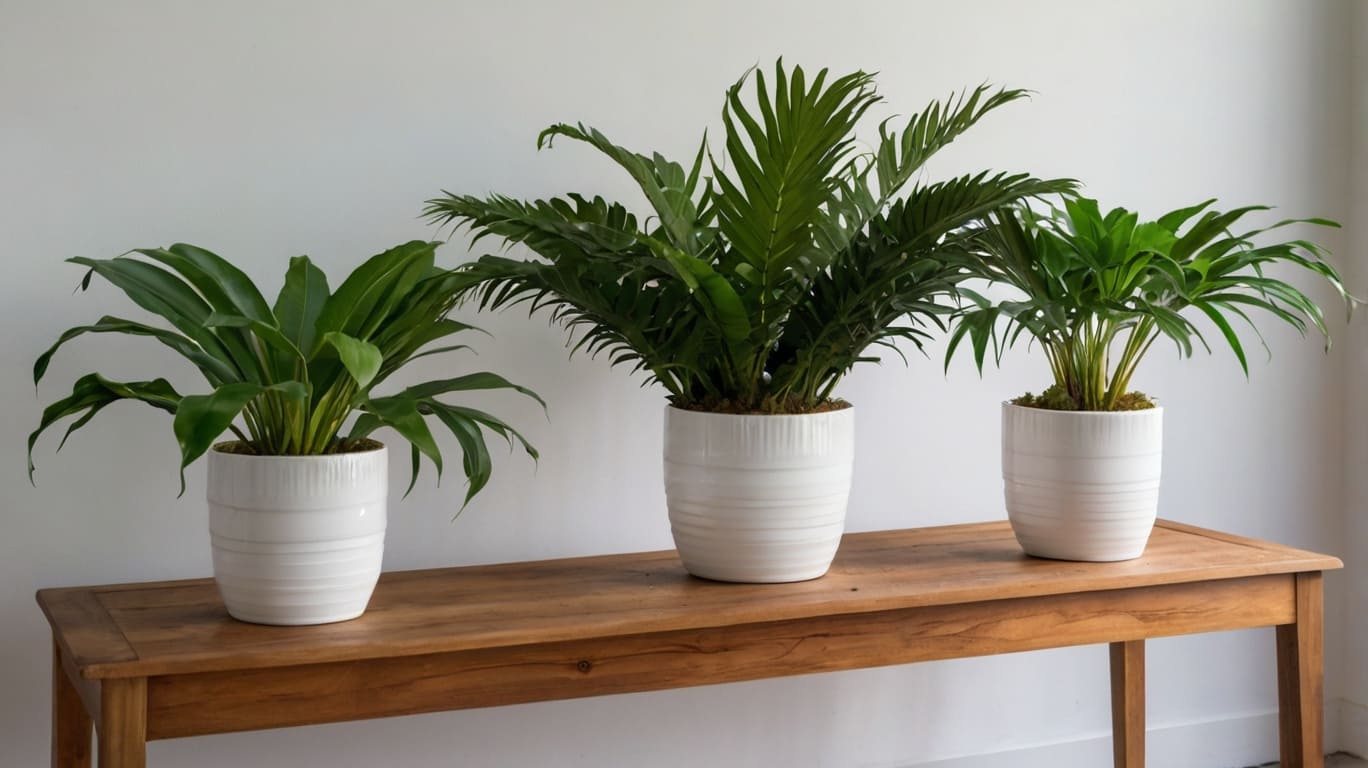
If you’re like me, you probably adore filling your home with lush, green houseplants. They brighten up the space, purify the air, and bring a little piece of nature indoors. But if you’ve got a curious toddler roaming around, you might want to think twice about which plants you bring into your home.
Some houseplants, while beautiful, can be dangerously tempting—and even harmful—to little ones. Which plants should you avoid and how do you keep your kiddos safe while still enjoying your indoor plants?
In this article
Why Toddlers and Houseplants Don’t Always Mix
Toddlers are natural explorers. They touch, taste, and investigate everything within reach—and that includes your houseplants. While some plants are perfectly safe, others can cause anything from mild irritation to serious health issues if ingested or touched. As much as we love our green friends, it’s crucial to prioritize safety when little ones are around.
Houseplants to Avoid
Here’s a list of common houseplants that are best kept out of reach (or out of the house entirely) if you have toddlers:
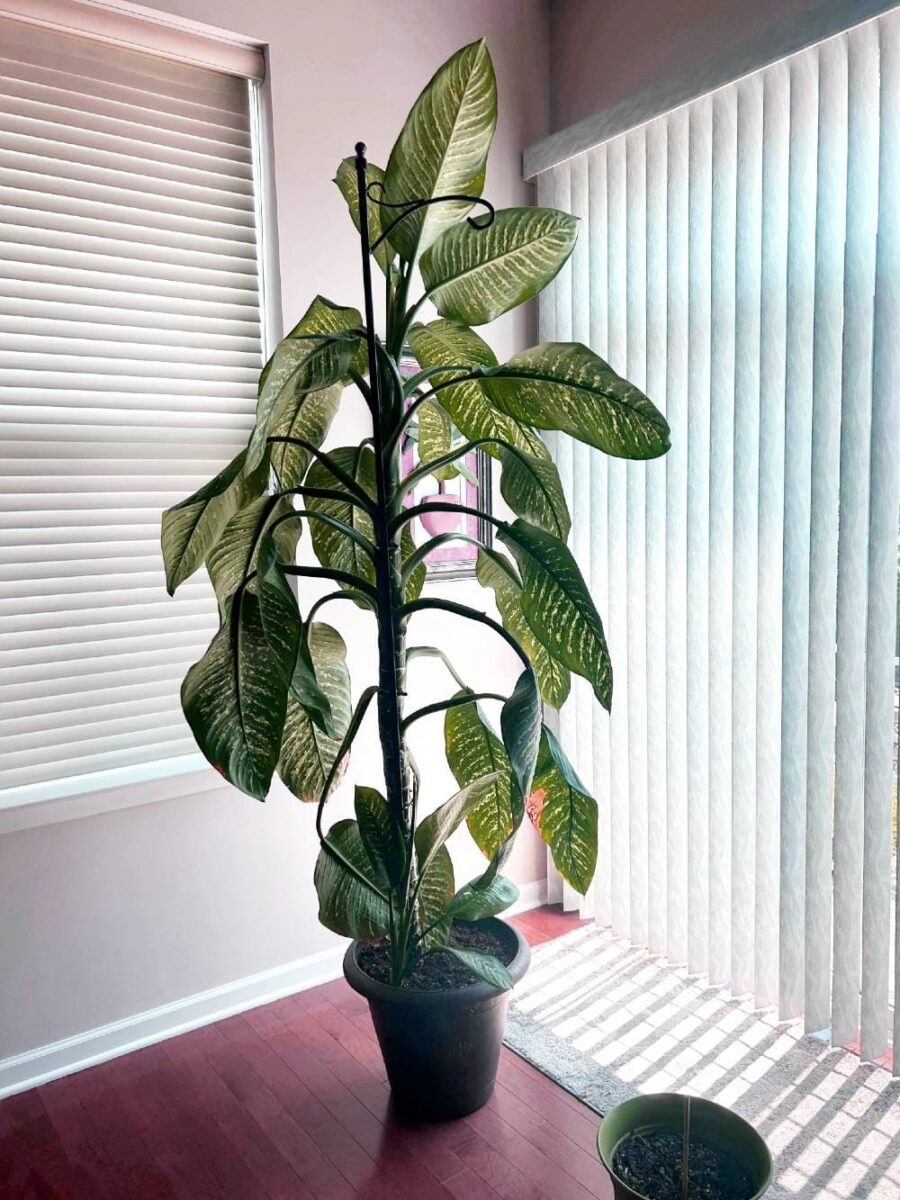
Dieffenbachia (Dumb Cane)
This popular houseplant is a big no-no for homes with toddlers. Its leaves contain calcium oxalate crystals, which can cause intense burning and swelling if chewed or ingested. Even touching the sap can irritate the skin. Trust me, you don’t want to deal with a toddler who’s accidentally taken a bite of this one!
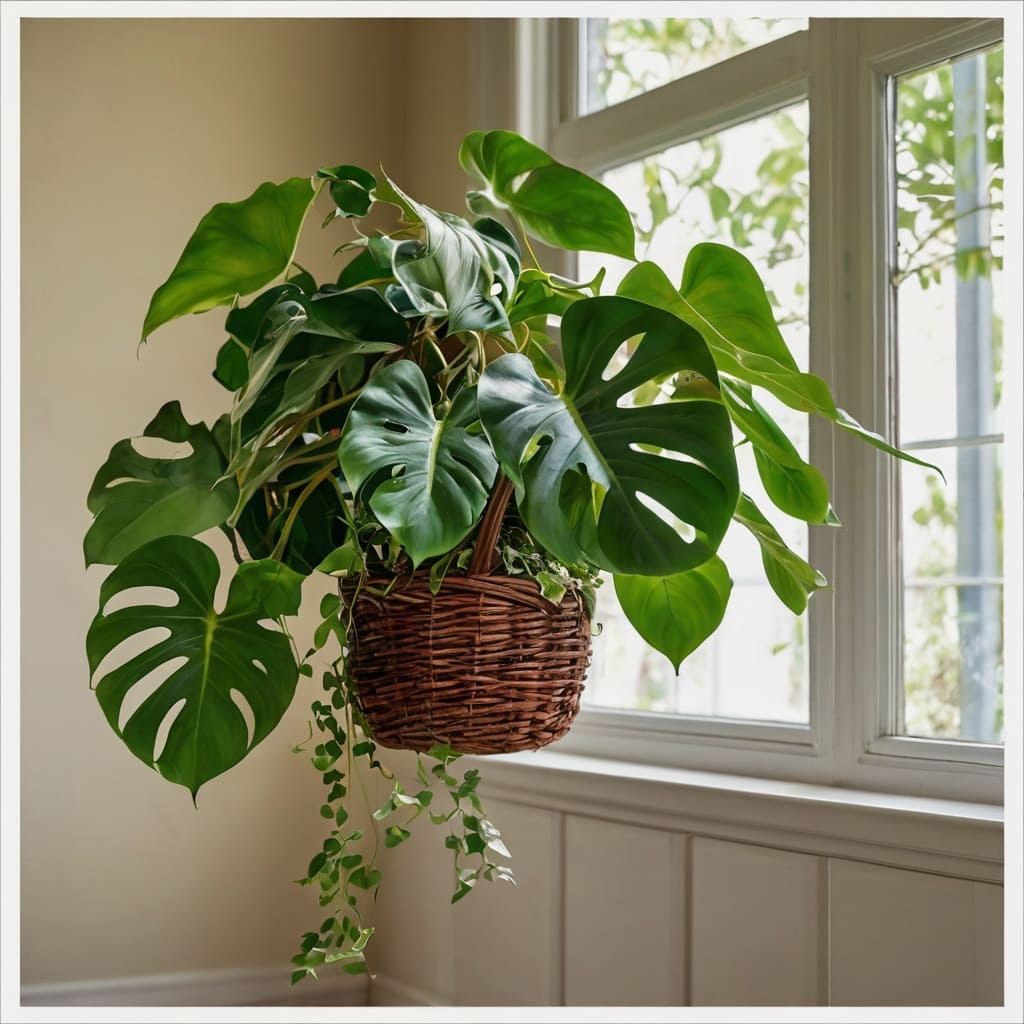
Philodendron
Philodendrons are gorgeous and easy to care for, but they’re also toxic to both humans and pets. Like Dieffenbachia, they contain calcium oxalate crystals that can cause mouth and throat irritation, vomiting, and difficulty swallowing. Keep these beauties on high shelves or in rooms your toddler can’t access.
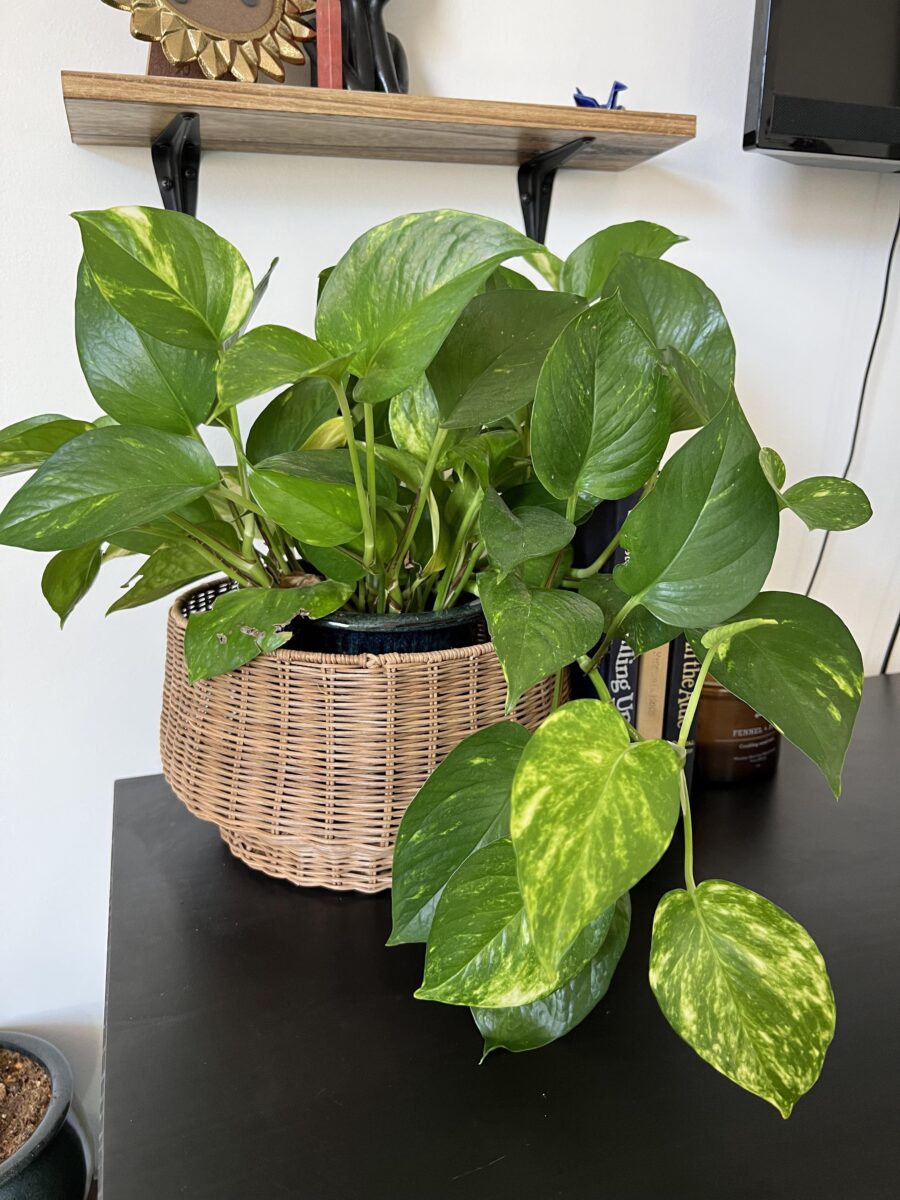
Pothos (Devil’s Ivy)
Pothos is a favorite for its trailing vines and low-maintenance nature, but it’s another plant that’s toxic when ingested. While it’s not usually fatal, it can cause nausea, vomiting, and mouth irritation. If your toddler is a climber, this one might be better off in a hanging planter—way out of reach.
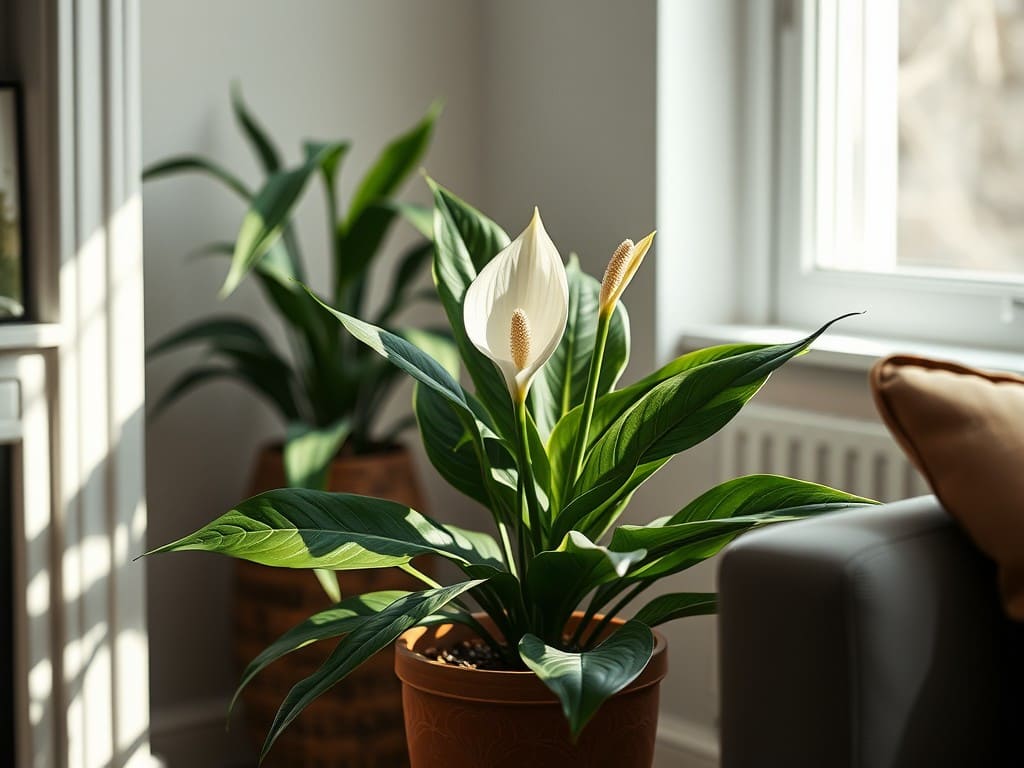
Peace Lily
Peace lilies are elegant and great for improving indoor air quality, but they’re also mildly toxic. Ingesting the leaves can cause mouth and throat irritation, and the sap can irritate the skin. If you love peace lilies, consider placing them in a room your toddler doesn’t frequent.
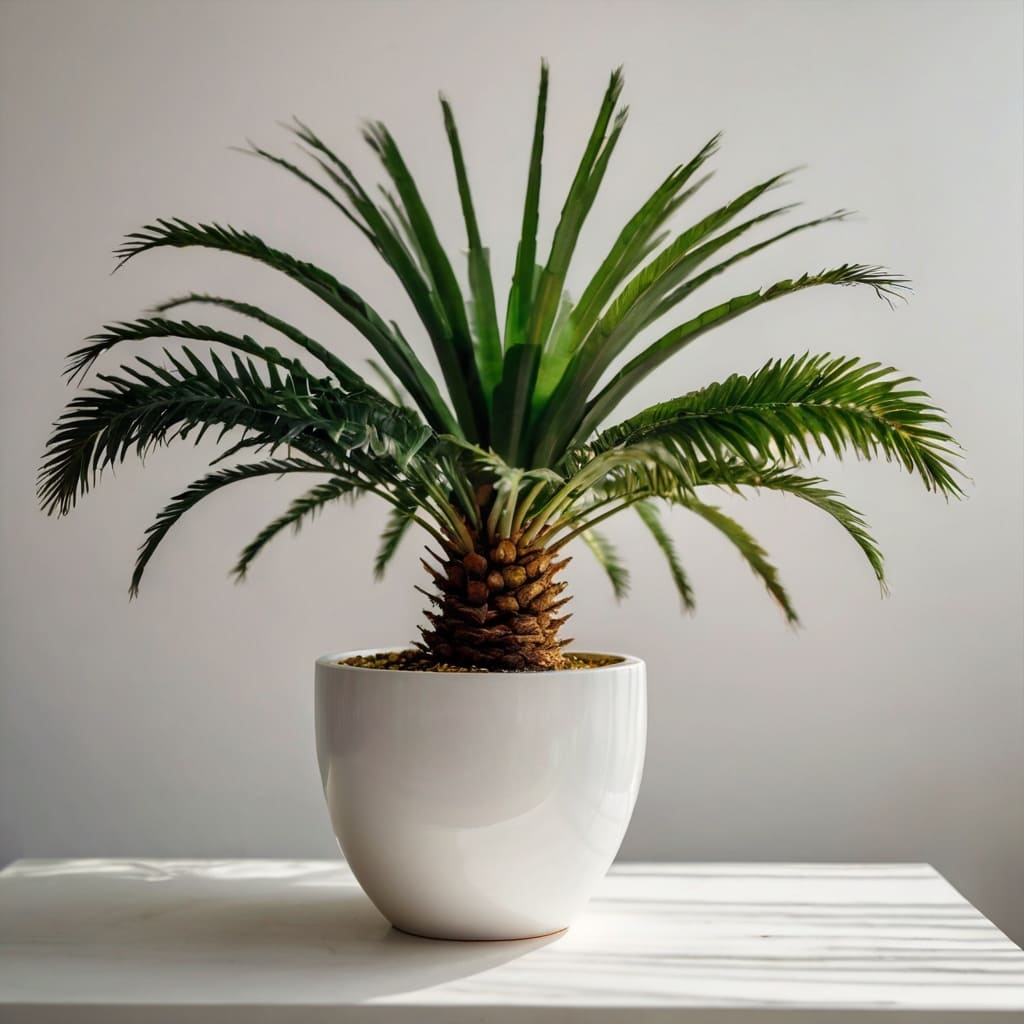
Sago Palm
This trendy plant might look like a mini palm tree, but it’s one of the most dangerous houseplants for kids and pets. All parts of the sago palm are toxic, and ingestion can lead to severe symptoms like vomiting, liver failure, and even death. It’s best to avoid this one altogether if you have little ones.
Tips for Keeping Your Toddler Safe Around Houseplants
- Elevate Your Plants
Use tall plant stands, hanging planters, or shelves to keep toxic plants out of reach. Just make sure your toddler isn’t a budding climber who can scale furniture to get to them! - Create a “Safe Zone”
Designate a specific area in your home for child-friendly plants (like spider plants or Boston ferns) that your toddler can explore safely. This way, they can satisfy their curiosity without any risk. - Teach and Supervise
As your child grows, teach them that plants are for looking, not touching or tasting. Supervision is key, especially during those early years when they’re still learning. - Know the Signs of Plant Poisoning
If you suspect your child has ingested a toxic plant, look for symptoms like drooling, vomiting, or difficulty breathing. Keep the number for Poison Control (1-800-222-1222 in the U.S.) handy, just in case.
Safe Alternatives for Kid-Friendly Homes
If you’re worried about having toxic plants around, don’t worry—there are plenty of safe options! Consider adding non-toxic plants like spider plants, Boston ferns, or African violets to your collection. These are beautiful, easy to care for, and won’t pose a risk to your little ones.
As much as we love our houseplants, our children’s safety always comes first. By being mindful of which plants you bring into your home and taking a few extra precautions, you can create a safe and green environment for your family. And hey, if you’re ever in doubt, just remember: when in doubt, Google it out! (Or check out Green Fingers for more tips and resources.)
Happy planting—and parenting! 🌿
